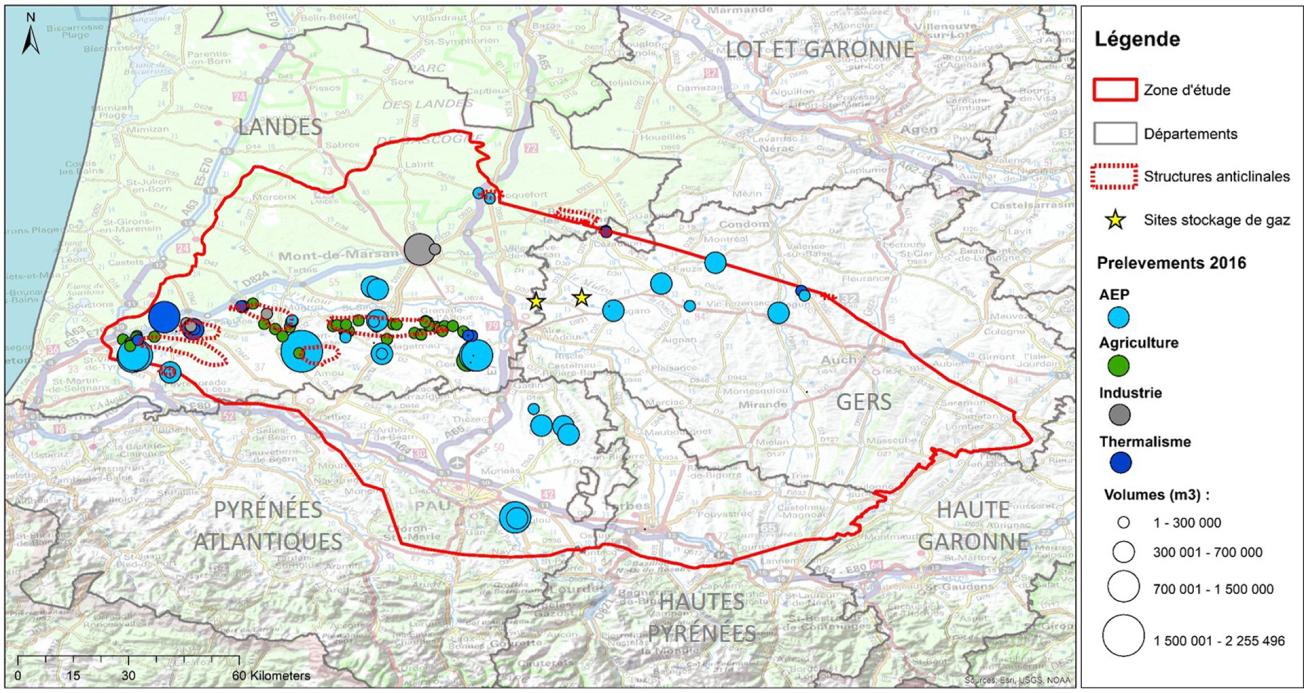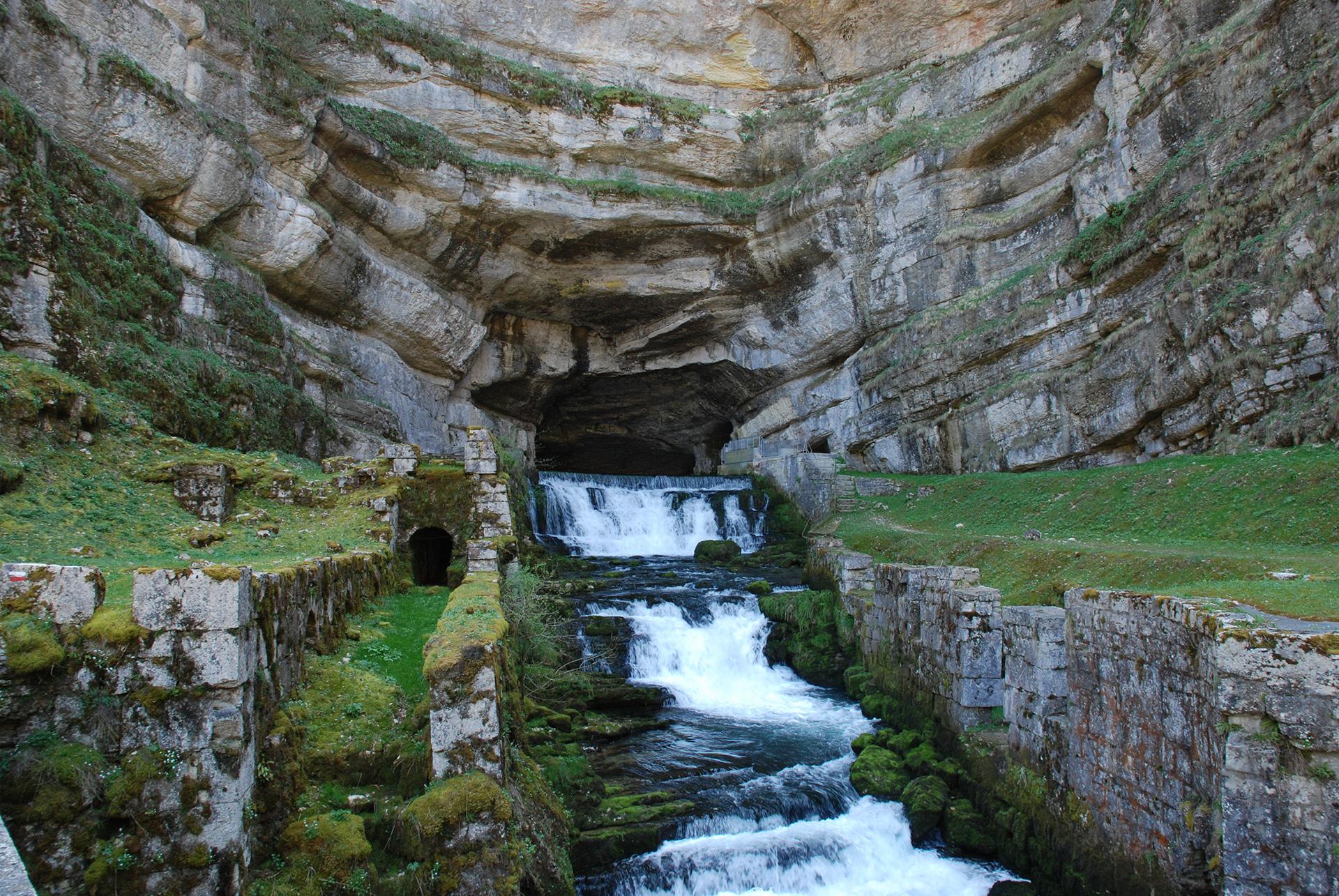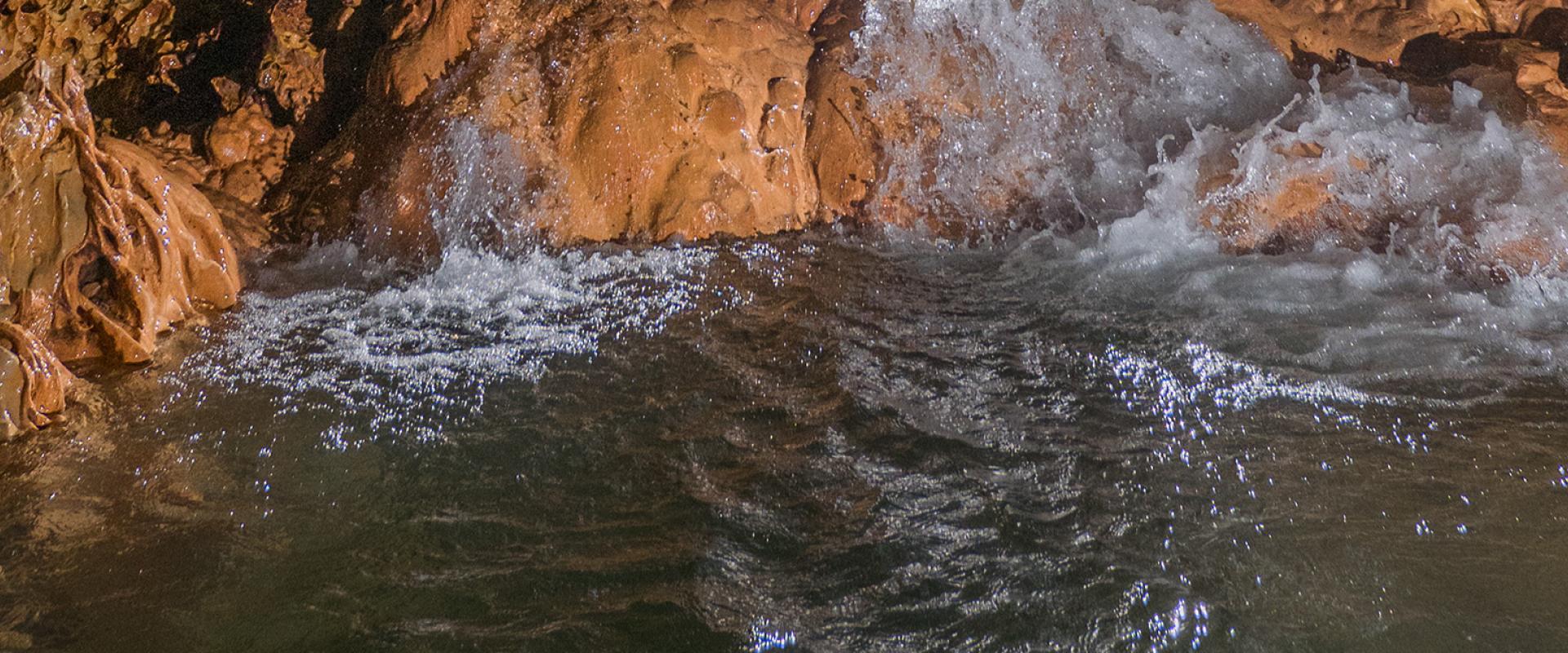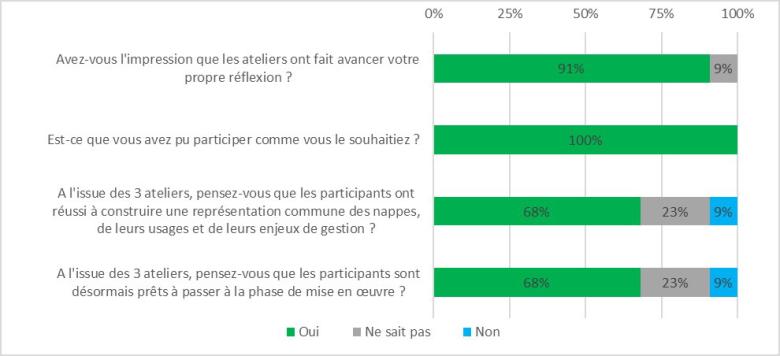
Mapping of abstractions from the deep aquifers of the Adour basin, by sector of use (2016)
© BRGM
The need
In many areas of the Adour basin, the drinking water supply and economic activities of populations depend to a large extent on deep aquifers, which are a strategic resource for the area since there are few or no alternative resources. However, these aquifers are threatened by a drop in piezometric levels and by emerging pollution.
In addition to ongoing work aimed at improving hydrogeological knowledge of deep aquifers, the challenge of this study was to initiate a dialogue between stakeholders, by producing a shared vision of these resources and their strategic and economic interest for the region, and by supporting a prospective reflection on their fate and future management.
The results
The study engaged stakeholders through a series of surveys and workshops to:
- generate a shared vision of the resource, the way in which the aquifers function, their uses and management issues;
- to help stakeholders consider the consequences of doing nothing and possible levers for action, via scenarios;
- Initiate a discussion on shared objectives, management principles and operational measures to be taken.
At the end of the workshops, there was a consensus that the deep aquifers are an essential resource for the future of the region. The stakeholders thus agreed on the need to:
- reserve the deep aquifers for drinking water supply as the priority use. some also propose as a priority its use for thermal purposes, this activity being one of the pillars of the local economy;
- achieve water savings in all sectors;
- protect deep aquifers from surface pollution.
Using the results
The workshops revealed a common determination among the stakeholders to continue the discussion and to implement a strategy for the management of deep aquifers without delay. The stakeholders noted that there was more to learn about the resource in order to manage it better. However, some of the participants believed that decisions should be made quickly and protective measures should be taken now. In particular, some measures, such as saving water, can be implemented quickly.
The implementation of governance adapted to this resource, which extends over four départements and whose uses are evolving, remains the main challenge and should probably be a priority for action.
The partners
- Institution Adour
- Adour–Garonne Water Agency

With this study, our institution is taking on a new field: aquifers. BRGM's engineers, who are also good teachers, have explained their approach so that we can use the knowledge they have made available to us. We are now in the process of supporting the stakeholders of the region.








